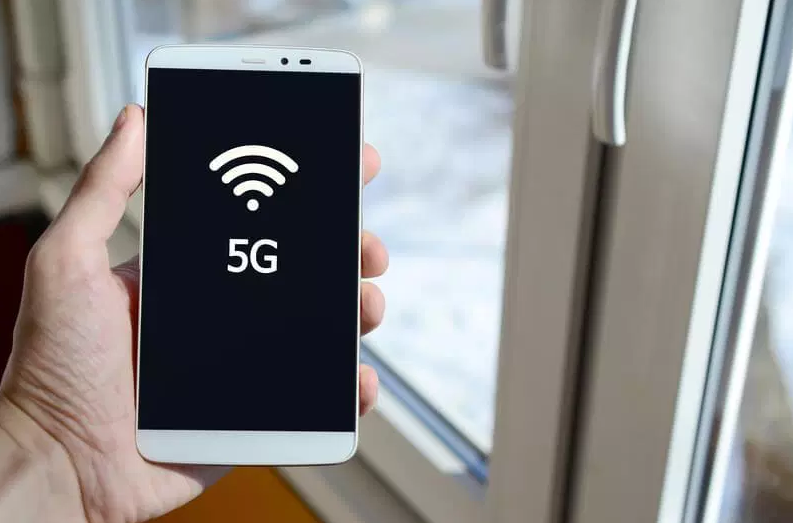© Mykhailo Polenok | Dreamstime.com This week, Swisscom became the first Swiss mobile phone company to switch on its 5G network, according to a press release. Swisscom spokesperson, Esther Hüsler, said that at midnight on Wednesday Swisscom flipped the switch to become the first Swiss operator to put its 5G network into service. It’s 5G ...
Topics:
Investec considers the following as important: 3) Swiss Markets and News, Featured, newsletter
This could be interesting, too:
Nachrichten Ticker - www.finanzen.ch writes Die Performance der Kryptowährungen in KW 9: Das hat sich bei Bitcoin, Ether & Co. getan
Nachrichten Ticker - www.finanzen.ch writes Wer verbirgt sich hinter der Ethereum-Technologie?
Martin Hartmann writes Eine Analyse nach den Lehren von Milton Friedman
Marc Chandler writes March 2025 Monthly
This week, Swisscom became the first Swiss mobile phone company to switch on its 5G network, according to a press release.
Swisscom spokesperson, Esther Hüsler, said that at midnight on Wednesday Swisscom flipped the switch to become the first Swiss operator to put its 5G network into service. It’s 5G network went live across 102 locations across the country, including most of Switzerland’s cities.
The announcement comes a week after the parliament of the canton of Vaud announced it would temporarily freeze permits to install new 5G transmitters. The 102 locations include: Lausanne, Écublens, Nyon and Cossonay, which are all in Vaud.
The company said it is aiming to cover 90% of Switzerland’s population with its 5G network by the end of 2019. This exceeds the level of 5G coverage demanded by ComCom, Switzerland’s federal communication commission, of 50% of the population by 2024.
A group of scientists claim the radiation emitted from mobile transmitters may increase cancer risk, cellular stress, harmful free radicals, genetic damage, learning and memory deficits and neurological disorders in humans. A report published late last year contains evidence that male rats exposed to high levels of radio frequency radiation, like that used in 2G and 3G cell phones, developed cancerous heart tumors. The report also contained some evidence of tumors in the brain and adrenal gland of exposed male rats. One challenge researchers face is that it may take decades of exposure for cancers and other other effects to appear in humans.
The American Cancer Society distinguishes between radiation emitted from mobile transmitters and radiation from mobile phone use. Regarding mobile phone use it says studies in humans have had mixed results. Regarding radiation emitted from mobile transmitters, it says that very few human studies have focused specifically on cellular phone towers and cancer risk, but the energy level of radiofrequency waves is relatively low, especially when compared with the types of radiation that are known to increase cancer risk, such as gamma rays, x-rays, and ultraviolet light. The energy of radiofrequency waves given off by cell phone towers is not enough to break chemical bonds in DNA molecules, which is how these stronger forms of radiation may lead to cancer.
A UK study in 2010 found no association between risk of early childhood cancers and estimates of the mother’s exposure to mobile phone base stations during pregnancy.
In February 2019, Switzerland’s Federal Communications Commission awarded 5G mobile radio frequencies to Salt, Sunrise and Swisscom, netting around CHF 380 million. The first 5G devices are expected to appear in Switzerland before the end of the year.
5G communication networks will underpin the Internet of Things (IoT), medical applications (eHealth), image processing applications (virtual reality, augmented reality) and self-driving vehicles.
Tags: Featured,newsletter

